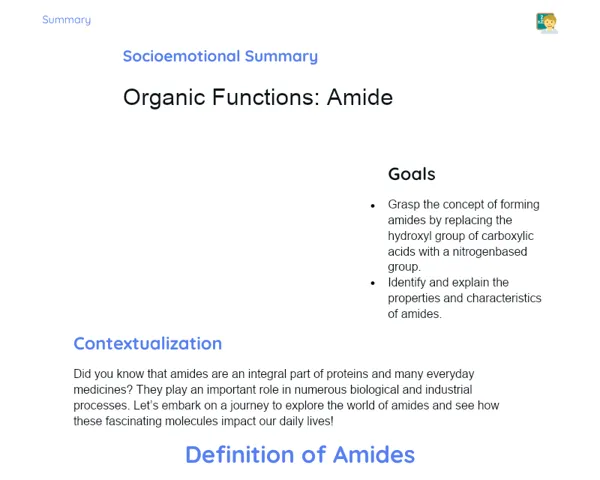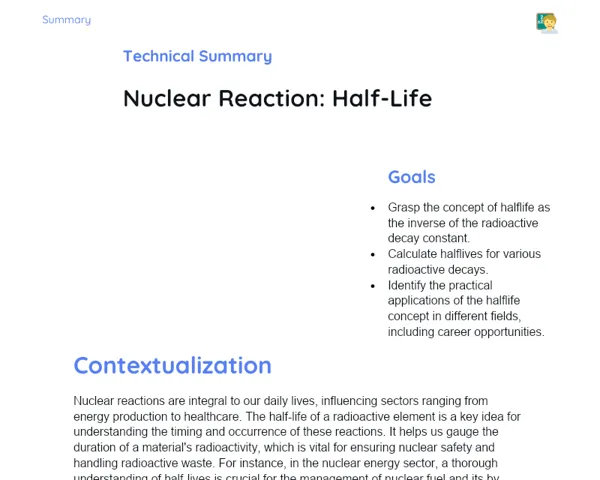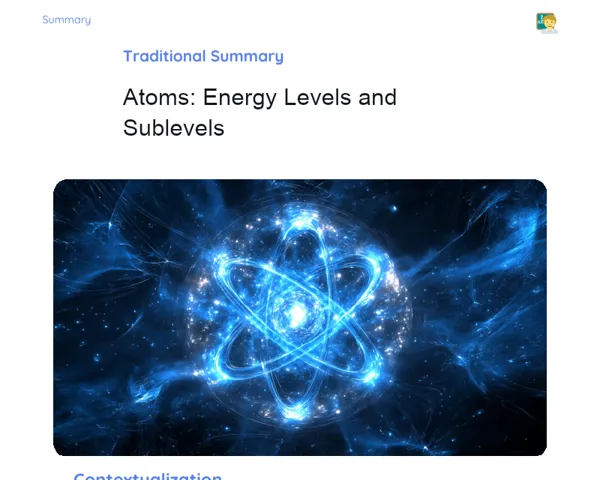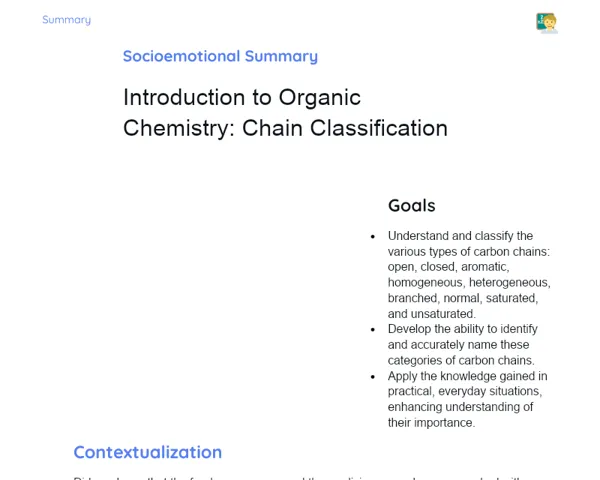Goals
1. Understand the significance of Hess's Law in Thermochemistry.
2. Learn to apply Hess's Law for calculating the enthalpy of chemical reactions.
3. Reinforce the concept of standard enthalpy of formation.
4. Discover real-world applications of Hess's Law in various industries.
Contextualization
Hess's Law is a foundational concept in Thermochemistry, which focuses on energy changes during chemical reactions. It enables us to determine the enthalpy change of a complicated reaction using the enthalpies of more straightforward reactions. For instance, in India's petroleum sector, Hess's Law is critical for refining oil efficiently, conserving energy, and resources. In the pharmaceutical field, it plays a pivotal role in synthesising drugs that demand meticulous temperature and energy management to ensure their effectiveness and safety. Therefore, Hess's Law serves as an essential instrument for scientists and engineers across many industries.
Subject Relevance
To Remember!
Hess's Law
Hess's Law states that the overall enthalpy change of a chemical reaction is consistent regardless of the number of steps the reaction involves. This allows us to compute the enthalpy of a complex reaction based on simpler, known reactions.
-
The enthalpy change of a process is unaffected by the pathway taken.
-
Utilizes known intermediate reactions to ascertain the enthalpy of the overall reaction.
-
Crucial for predicting energy involved in complex chemical reactions.
Standard Enthalpy of Formation
The standard enthalpy of formation refers to the enthalpy change when one mole of a compound forms from its constituent elements in their standard states. This value is vital for using Hess's Law, as it facilitates the calculation of reaction enthalpies from standard enthalpy tables.
-
Defined for the formation of one mole of a compound from its elements.
-
Tabled values are used for calculating reaction enthalpies.
-
Essential for practical applications of Hess's Law.
Application of Hess's Law
To employ Hess's Law effectively, we identify known intermediate reactions and leverage their enthalpy values to compute the overall reaction's enthalpy. This methodology is widely adopted in chemical industries to streamline processes and enhance energy efficiency.
-
Identifying intermediate reactions with known enthalpies.
-
Calculating the overall reaction's enthalpy by summing the enthalpies of intermediate reactions.
-
Applied in industries to improve processes and maximise energy efficiency.
Practical Applications
-
In the petrochemical sector, Hess's Law is applied to optimise oil refining processes, which conserves energy and resources.
-
In the pharmaceutical industry, it is crucial for synthesising medications that require careful management of temperature and energy.
-
In manufacturing processes, Hess's Law aids in predicting and controlling energy use, thereby enhancing safety and efficiency.
Key Terms
-
Hess's Law: A principle which asserts that the total enthalpy change of a chemical reaction is consistent, irrespective of the path taken.
-
Standard Enthalpy of Formation: The enthalpy change associated with forming one mole of a compound from its elements in standard states.
-
Thermochemistry: A branch of chemistry focusing on the energy changes that occur during chemical reactions.
Questions for Reflections
-
How can Hess's Law improve energy efficiency in the chemical sector?
-
In which areas can the knowledge of standard enthalpy of formation be valuable in drug development?
-
What are the primary challenges and advantages of implementing Hess's Law in intricate industrial processes?
Enthalpy Calculation Challenge
Employ Hess's Law to calculate the enthalpy for a specific chemical reaction.
Instructions
-
Select a complex chemical reaction for which you intend to calculate the enthalpy.
-
Identify the intermediate reactions with known enthalpy values.
-
Utilise Hess's Law to sum the enthalpies of these intermediate reactions, thereby calculating the overall enthalpy.
-
Document every step of your process, including the chemical equations and enthalpy calculations.
-
Prepare a brief presentation (3-5 minutes) explaining the methodology you followed and the results obtained.



